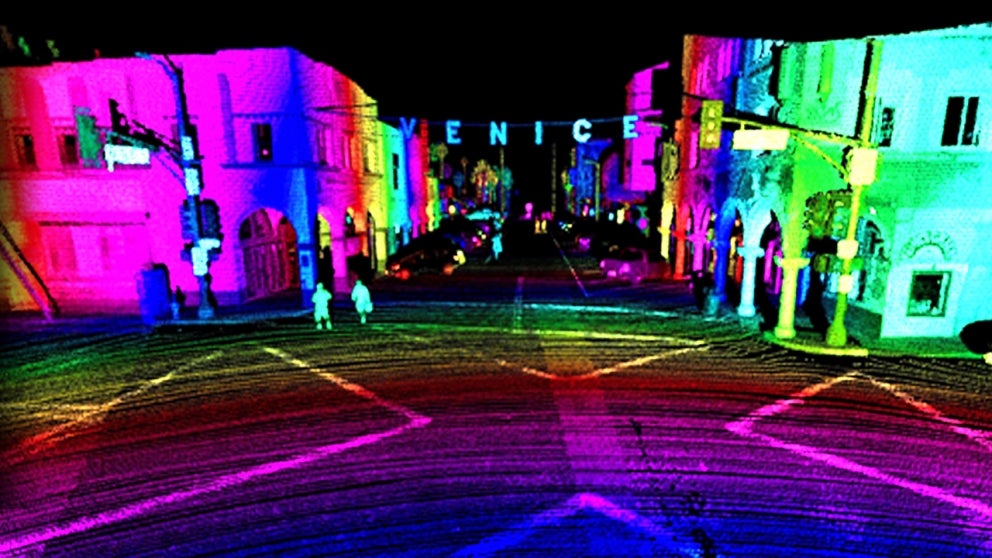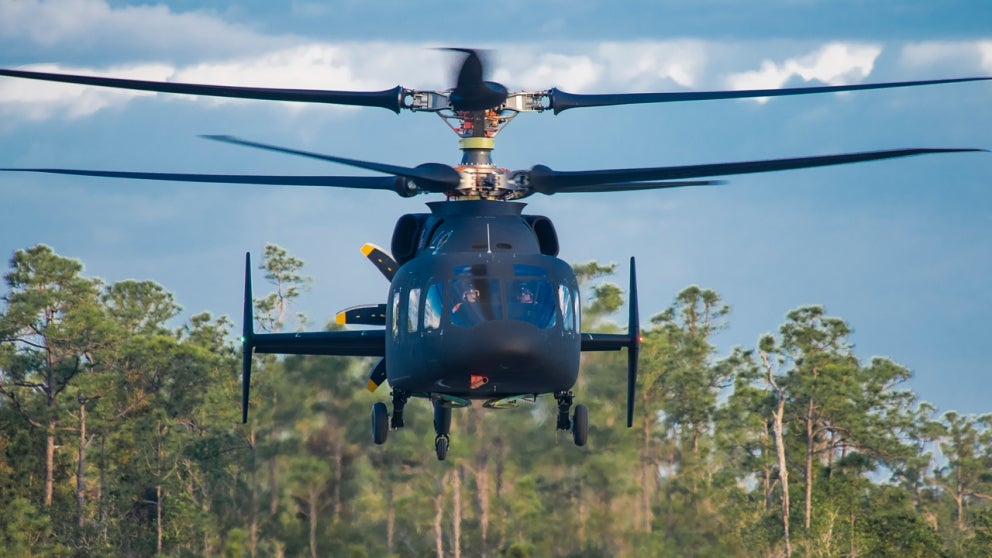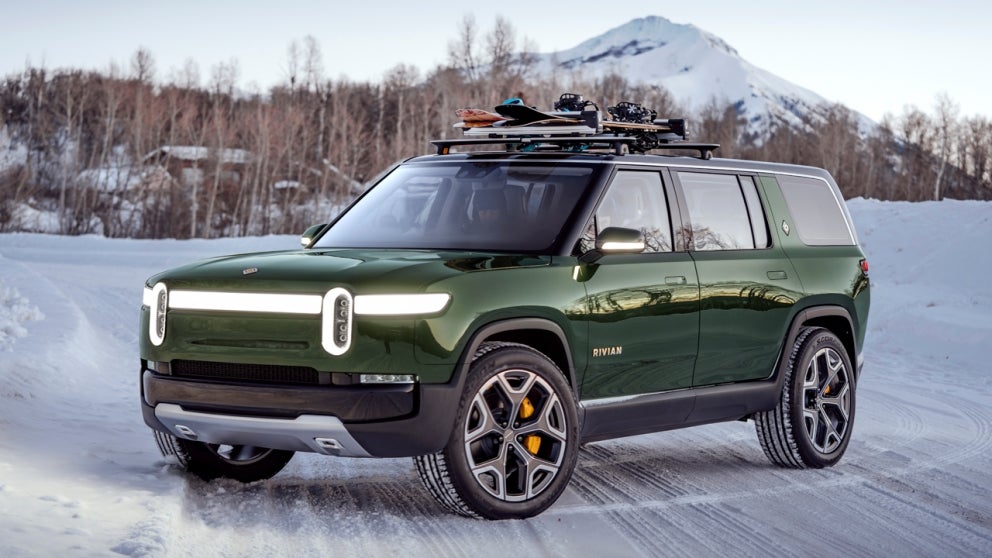
Transportation Transformation
From electric cars to driverless vehicles to new ways of flying, the field of transportation is changing — and Rensselaer alumni are at the steering wheel.
by Tracey Leibach
Modern transportation is undergoing major changes, thanks to new technologies that are transforming the industry.
It should come as no surprise that Rensselaer alumni are leading the charge to transform the transportation industry. In the early part of its history, Rensselaer educated the pioneers of the transcontinental railroad, highways and interstates, and bridges and tunnels.
When Rensselaer announced the opening of its new Center for Mobility with Vertical Lift (MOVE) last fall, under the leadership of Farhan Gandhi, the Rosalind and John J. Redfern Jr. Chair in Engineering, several of those pioneering alumni took part. Chris Jaran ’78 was a co-founder of Terrafugia, which is developing a flying car that is a combination hybrid-electric road vehicle and pusher-style propeller-driven aircraft. Steve Weiner ’78 is chief engineer, Joint Multi-Role Technology Demonstrator, at Sikorsky Aircraft Corporation. David Koopersmith ’78 is vice president and general manager of Boeing Vertical Lift.
And there are countless others, in companies across the world, who are driving change in an industry that relies on the work of engineers and scientists to enhance every aspect of the experience — from design to completion. Rensselaer magazine had the opportunity to speak with a few of them.


Going Electric
A company led by a Rensselaer alumnus recently emerged from stealth and is already creating shockwaves in the automotive industry.
Rivian, automotive maker of an all-electric truck and SUV, was founded in 2009 by R.J. Scaringe ’05. The company made a huge splash last November at the Los Angeles Auto Show, where it unveiled its first two battery-powered autos: the R1S, a seven-seat sport utility vehicle, and a five-seat RT1 pickup. Business Insider called the R1S one of the “24 hottest cars at the LA Auto Show,” while Forbes proclaimed, “Meet R.J. Scaringe, Founder of Rivian Automotive — and Tesla’s Worst Nightmare.”
“The challenge and the beauty of a clean sheet is you can do things the right way, without worrying about the legacy of the past, but still leverage and learn from what’s been done before.”
R.J. Scaringe ’05
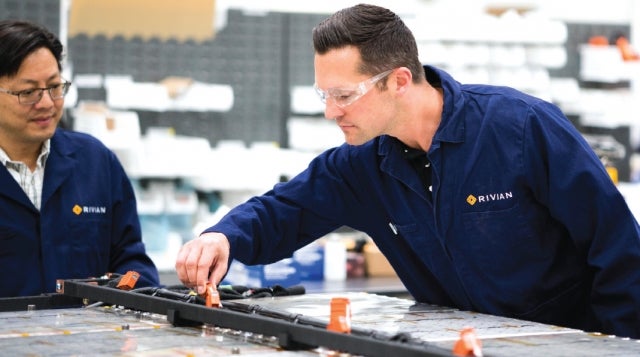
The vehicles, powered by a battery pack and designed for upscale adventure, are scheduled to come to market at the end of 2020.
With engineering in Plymouth, Michigan, and technology offices in California, Scaringe originally planned to develop an electric sports coupe, much like Tesla’s Roadster, but within a couple of years, his outlook — and plans — changed, because the auto-loving yet ecologically minded Scaringe wanted to make more of a difference. “It was frustrating knowing the things I loved were simultaneously the things that were making the air dirtier and causing all sorts of issues, everything from geopolitical conflict to the smog to climate change,” Scaringe told Forbes.
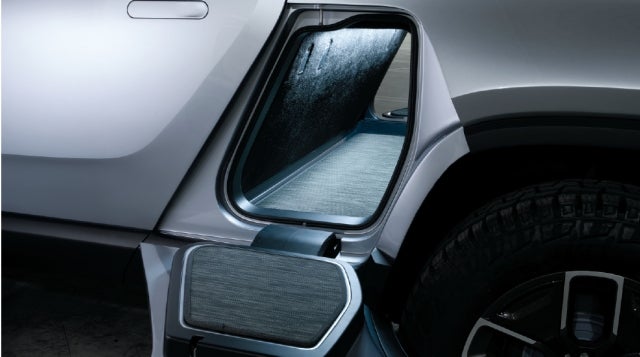
So Scaringe pivoted, focusing on environmentally friendly electric vehicles (EVs) that could also satisfy his love of the outdoors. “[We weren’t] building something that the world truly needed, that was different than other things in the market,” Scaringe told Forbes.
According to Scaringe, Rivian is a new kind of brand, selling a new kind of vehicle. In the early days of the company, he says, a statement plastered on the wall served as their guidepost: “We’re building this car because it does not exist.”
Unlike many automakers who are feverishly trying to adapt their cars created for internal-combustion engines into EVs, Rivian took a “clean-sheet approach,” designing the vehicles from the ground up. “The challenge and the beauty of a clean sheet is you can do things the right way, without worrying about the legacy of the past, but still leverage and learn from what’s been done before,” Scaringe says.
“We can learn a lot from Rivian, how quickly they turn around ideas,” said Ford Motor Company’s chairman, William C. Ford Jr., in an interview with The New York Times in April. “There’s a great benefit from working with a clean-sheet approach” to electric vehicles.
Perhaps that’s why Ford is investing $500 million in Rivian. According to Forbes, “the announcement is another sign that automakers are betting heavily on EVs as their path toward the future.”
Rivian’s EVs, which Scaringe has dubbed “electric adventure vehicles,” are aimed at customers who love the outdoors and are committed to preserving the environment. “Adventure is life,” proclaims Scaringe. “Your destination could be fishing, it could be golfing, it could be taking the family out for lunch.”
Rivian’s EVs can be driven 400+ miles on a single charge, and can go from 0 to 60 mph in just three seconds, while 100 mph takes less than seven seconds. With 14 inches of ground clearance, they can handle a wading depth of three feet, enabling them to ford streams and rivers because of their sealed battery pack and drive units.
According to Rivian, the electric drive delivers remarkable power and torque through four independent motors — with 200 horsepower available for each wheel. The pickup truck, which the company says will start at about $69,000, will have an 11,000-pound tow rating and a cargo capacity of 1,760 pounds. The R1S three-row SUV will have similar performance numbers.
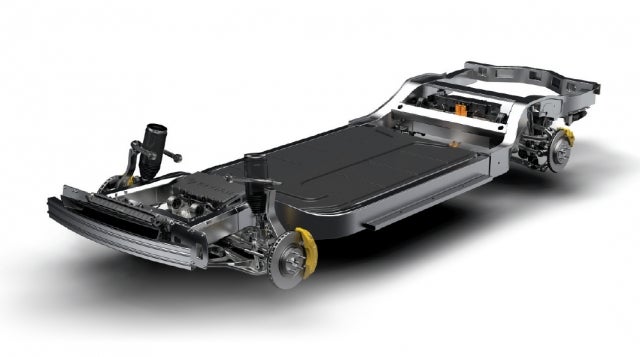
Both vehicles are built on a skateboard platform — a flat frame that contains the batteries, suspension, motors, and braking. They boast a unique lockable gear tunnel that sits under the cab and bed (think paddleboard storage) and flexible crossbar system to mount gear on the vehicle’s roof or bed.
Level 3 autonomy-capable hardware will be available on every Rivian vehicle. The multiple redundant sensor suite features lidar, radar, cameras, and ultrasonic sensors, “because four safety nets are better than one,” Scaringe says.
The world is taking notice of Rivian and of Scaringe. Earlier this year, even before Ford’s investment, the company raised $700 million in a financing round led by Amazon. “As with most of our major investments, and acquisitions, we’re always looking for mission-driven entrepreneurs — missionaries instead of mercenaries,” Amazon CEO Jeff Bezos told employees in a staff meeting earlier this year.
“And the guy who leads the company, a guy named R.J., is one of the most missionary entrepreneurs I’ve ever met.”
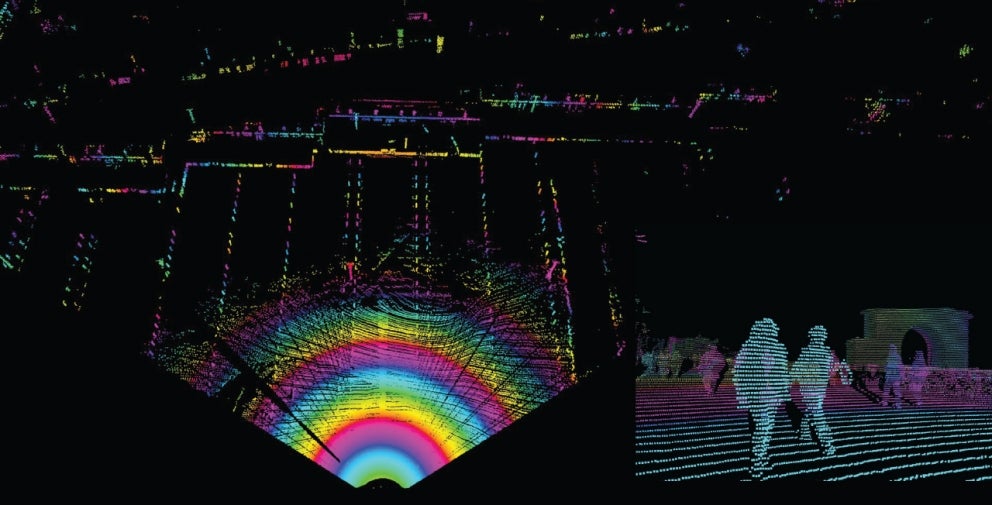

Seeing Is Believing
People have been dreaming of self-driving cars practically since cars were invented. In 1925, Houdina Radio Control demonstrated the radio-controlled “American Wonder” on New York City streets, traveling up Broadway and down Fifth Avenue through the thick of a traffic jam.
Not surprisingly, two Rensselaer alumni have been quietly working to make that dream a reality. Orlando-based Luminar, a seven-year-old developer of lidar (a remote sensing method that uses light in the form of a pulsed laser to measure ranges), also emerged from stealth in 2017 with a $36 million funding round. Jason Eichenholz ’93 is Luminar’s co-founder and chief technology officer and Matthew Weed ’07 is director of technology strategy.

“We knew we had a very disruptive way of solving a technology needed for autonomous vehicles,” says Eichenholz. “So we spent five years not talking to everybody about what we were doing. We had the access to capital, we had fundraising, we were already talking to customers, so why would we go ruin that by giving away our secrets?”
Luminar has designed one of the world’s first sensors capable of detecting objects up to 250 meters away. That means, at highway speeds, drivers and driverless vehicles can see more than seven seconds down the road — “significantly further than everyone else’s and with a larger field of view,” Weed says.
According to VentureBeat, the lidar market is expected to rise to $1.8 billion by 2023.
Luminar was co-founded by now 24-year-old Austin Russell, an entrepreneur who received a Thiel Fellowship of $100,000 to pursue his ideas. Eichenholz, who became Russell’s mentor when he was still a teen, is a serial entrepreneur and pioneer in laser, optics, and photonics product development and commercialization. He is a fellow of SPIE and OSA and is an inventor on more than 40 U.S. patents for new types of solid-state lasers, displays, and photonic devices.
Today, 12 of the world’s 15 top automotive companies are working with Luminar’s breakthrough lidar technology as part of global research and development programs, including Toyota Research Institute, Volvo Cars, and VW/Audi’s subsidiary, Autonomous Intelligence Driving.
“Luminar’s vision is to power every autonomous vehicle with the first lidar capable of making them both safe and ubiquitous,” Eichenholz says. “Luminar is not just a sensor, but the core of a platform that can enable the industry to have safe autonomous vehicles on the road.”
What makes Luminar’s lidar different from competitors’ products, Eichenholz says, is that Luminar can see further, and also has higher spatial resolution — “like a high-def image of the world,” he says. “You need to do both simultaneously. So with the Luminar sensor suite, and our software and our lidar system, you have for the first time camera-like spatial resolution and radar-like range.”
“We operate at a wavelength that’s further away from the visible, into the infrared, which is more inherently eye-safe, because the lens doesn’t focus wavelengths that long,” says Weed. “So we can send more energy into the world, and we can range further away safely.”
What Luminar did, says Eichenholz, “is figure out how to get the lasers and the receiver technology to allow us to develop a dynamically configurable system that operates at this wavelength. That allows us to have a better, cleaner signal, better signal-to-noise, and allows us to operate in this new region.”
Still, the public’s perception of autonomous vehicles is cautious. In a widely publicized accident, an autonomous car operated by Uber — and with an emergency backup driver behind the wheel — struck and killed a woman on a street in Tempe, Arizona, in 2018. Shortly thereafter, the company ended its test program in Arizona.
Yet, according to Weed, human drivers “are not necessarily all that safe. Look at some of the data out there — a vast majority of accidents that happen in the U.S. are related to human perception failure. Either they’re not paying attention, or they are paying attention, and fail to identify things in a timely fashion, or cannot adapt to weather conditions. It comes down to a human’s ability to perceive.”
Eichenholz points to the “trolley dilemma,” which has been raised in discussions around the “ethics” of autonomous vehicles. The trolley dilemma was a famous thought experiment wherein a trolley is heading down a track where there are five people who could be killed; yet a workman can pull a lever to divert the car to a different tracking, killing only one person. Do nothing, and five people get killed. Or pull the lever and one person gets killed.
“Luminar’s vision is to power every autonomous vehicle with the first lidar capable of making them both safe and ubiquitous.”
Jason Eichenholz ’93
“I like to think about it a little bit differently,” he says. “If we can perceive the world at highway speeds seven seconds ahead of time, what if there’s another option — don’t hit anyone. By providing the highest quality images of the world, you can enable options that weren’t available before. And you don’t hit the school bus or the person walking across the crosswalk. You can brake and change lanes.”
Weed agrees. “For a human, it may end up being a lose-lose ethical decision, but for a superhuman perception system in a self-driving vehicle, it shouldn’t find itself in that situation in the first place. Usually with those scenarios, you’re in a situation where it’s really too late. If you know what’s happening farther away and in great detail, then you can avoid it.”
No matter what, both alumni say that autonomous vehicles are here to stay. Cars with Level 2 autonomy are already on the roads, using advanced driver assistance systems (ADAS). Level 3 is considered “conditional automation,” where, under the right conditions, the car can manage most aspects of driving, including monitoring the environment. The system prompts the driver to intervene when it encounters a scenario it can’t navigate.
Level 4 (high automation) is coming. Picture yourself driving your vehicle onto a busy highway. Hit a button to activate self-driving mode, then sit back and watch a movie, or work on your big presentation. Then, when it’s time to exit the highway, the car will prompt you to take over the controls and drive to your final destination.
“The biggest difference between Level 3 and Level 4 autonomy is that at Level 4, the vehicle is liable for safety within its set boundaries, so even if the driver does not respond when about to exit those operational boundaries, it must find a way to ‘fail’ safely, like maneuver to a safe stop,” says Weed.
“I think you’re going to see highway driving and robo-taxis by the mid-2020s. Cars without safety drivers are at least five to 10 years out,” Eichenholz says.
Level 5 is full autonomy. “Honestly, some people believe it may never come, but it may not need to,” Weed says. “Level 4 can go quite far in practicality. Humans deal with the really complicated, dangerous things, but they can sit back and let the vehicle handle all the boring stuff,” Weed says.
The potential for the economy is huge, both say. Picture long-haul trucks delivering products in days, instead of weeks. Drivers who used to have to stop for sleep can now be tasked with other jobs during a trip.
It’s an exciting time for the auto industry and Eichenholz is thrilled about the possibilities. “We are seeing the single largest transformation to transportation since the Model T,” he says.
“If Henry Ford came back to life and looked at where we are technologically in the progression of transportation, he’d ask, ‘what have you been doing the last 100 years?’ Things hadn’t changed in 100 years. There are lots of things being developed today — driverless cars, electric vehicles, flying cars — and they are absolutely going to happen.”
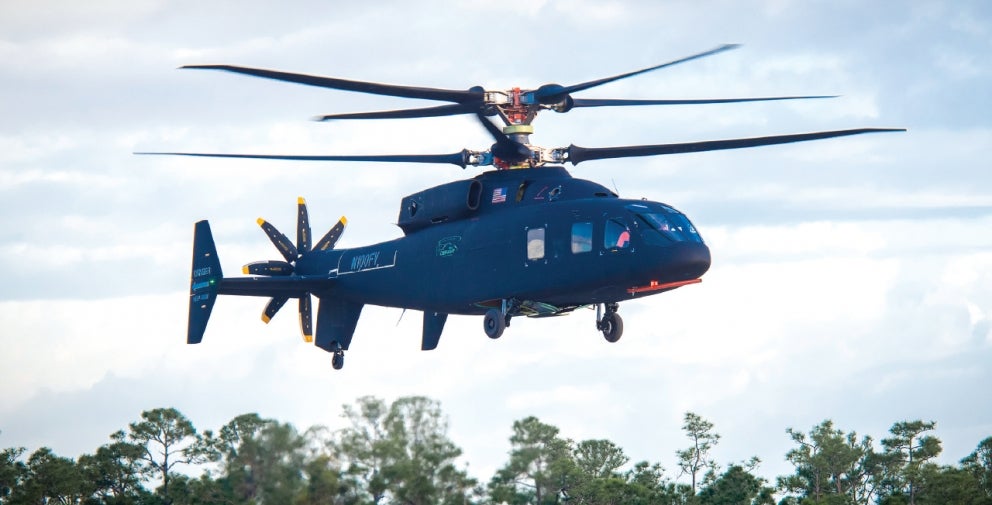
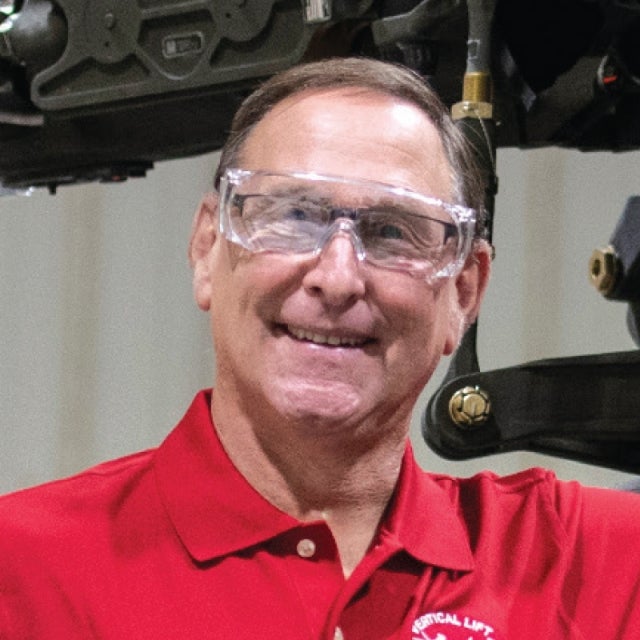
Going Vertical
In March, the Sikorsky-Boeing SB>1 DEFIANT — a revolutionary helicopter that features two coaxial main rotors — took its maiden flight in West Palm Beach, Florida. It represented a key milestone in the U.S. Army’s future vertical lift (FVL) effort, which aims to develop a successor for the Black Hawk helicopter.
According to Dan Bailey, program director for the Joint Multi-Role/Future Vertical Lift program for the U.S. Army, “We have not in the vertical lift arena put a newly designed aircraft on the street in four decades. From an industry perspective and the government side as well, the competencies and the tools that are required to design a new aircraft had atrophied significantly.”
David Koopersmith ’78, vice president and general manager for Boeing Vertical Lift, is exhilarated about the prospects for the industry. “The opportunity for innovations in propulsion, in blade technology, in all-electric capability, in automation, in safety and redundancy — it’s just huge. That’s the heart of great engineering.
“We’re at a time when great innovation is going to be rewarded,” he says. “With new materials, subsystems that
give real-time monitoring, new software, new sensors — the next 15 years are going to be transformational for the rotorcraft industry.”
Koopersmith returned to the Rensselaer campus last fall to take part in the launch of the new Center for Mobility with Vertical Lift (MOVE). “It is so exciting for young engineers and students of engineering right now, and that’s why the timing is perfect for this new center,” he says.
He is a member of the Association of the United States Army and the Army Aviation Association of America and was the 2017 chairman of the board of the Vertical Flight Society. Koopersmith has more than 40 years’ experience at Boeing in program management, engineering, and business development, as well as production experience on several military aircraft programs.
The new DEFIANT can fly at nearly twice the speed and has twice the range of conventional rotorcraft, while retaining the very best low-speed and hover performance of conventional helicopters, according to Boeing.
“The design and development of DEFIANT has revealed the capability advancement that is truly possible for future vertical lift,” says Koopersmith. “Clearly, the performance, speed, and agility of DEFIANT will be a game-changer on the battlefield.”
DEFIANT is a compound helicopter with two rotors moving in opposite directions to balance torque. It has a rear-mounted pusher propulsor to provide an increase in speed and range, while improving maneuverability and survivability. Safety is, of course, a topmost concern. “When we put people in our aircraft, safety is absolutely our paramount focus,” Koopersmith says. “That requires a degree of redundancy that requires being able to design things that can anticipate challenges — safety is foundational in everything we do.”
We’re at a time when great innovation is going to be rewarded. With new materials, subsystems that give real-time monitoring, new software, new sensors — the next 15 years are going to be transformational for the rotorcraft industry.”
David Koopersmith ’78
Koopersmith (who was roommates with Sikorsky’s Steve Weiner ’78 for two years) calls the partnership with Sikorsky “a collaboration of peers,” bringing together the best of what the two companies have to offer. He points to a similar partnership with Bell to build the V-22 — “We build the fuselage, Bell builds the wing. We ship the fuselage to Bell, they put on the wing and engines, and then fly the airplane away.”
He calls the collaboration among competitors “co-opetition” (think of the U.S. all-star Olympic basketball team). “We learn from them and they learn from us, and our customers benefit at the end of the day.”
The U.S. Army is not alone in its desire to put new aircraft in the skies, Koopersmith says. “Demand signals for vertical lift products are solid around the globe,” he says. “This is about a global market, particularly on the military side.”
The commercial sector for rotorcraft was hit hard when the oil and gas industry shrank, due to rising oil costs. A big part of the market for commercial helicopters was the oil and gas industry, according to Koopersmith. “And going to places where there was no natural infrastructure of roads — either in remote areas or offshore. On the commercial side, that’s still a bit in recovery mode.”
Beyond military and commercial rotorcraft applications, Koopersmith is eager to see the impact vertical lift technologies will have for everyday life. “The other really exciting part of being in the vertical lift community — and frankly, that’s one reason why we renamed the American Helicopter Society the Vertical Flight Society — is because of all the new demand for personal air vehicles, cargo air vehicles, Lyft, Uber.” He says that there are many societal implications to be considered before full acceptance of a drone economy.
“Do you want a quadcopter with a camera flying over your house? In your backyard when you’re in your pool? Do you want it flying over a school with a five-pound package? There are many things that we as an ecosystem need to work through — both from a safety standpoint and an ethical standpoint,” Koopersmith says.
“I think that’s part of the journey that we are on together, and another thing for the MOVE center to think about. The answers aren’t all out there yet.”















